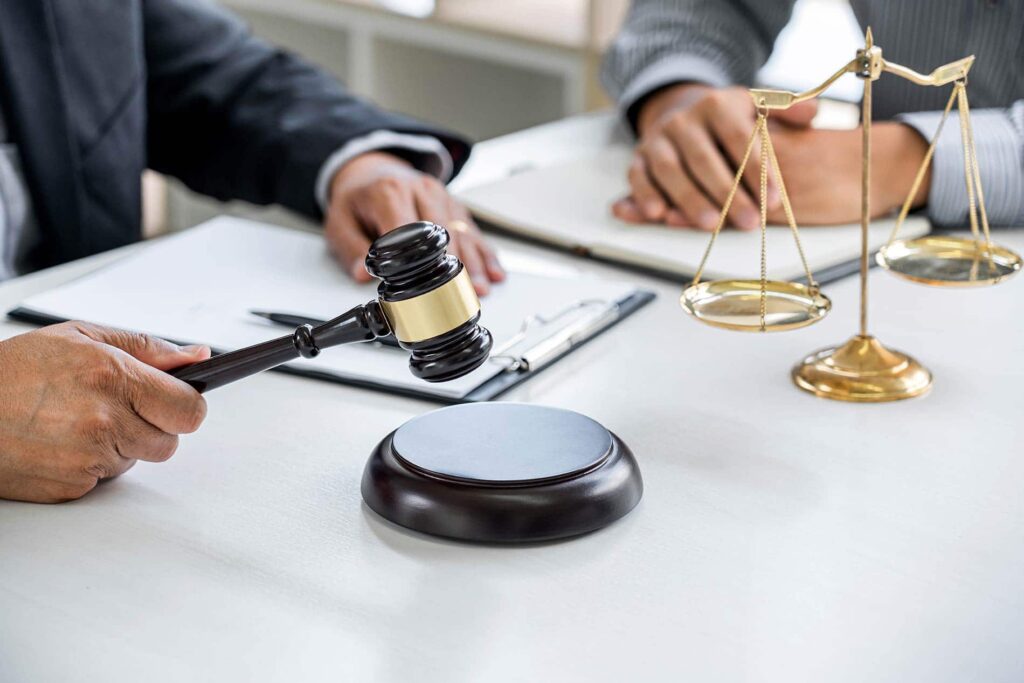The legal transfer of property from one owner to another is known as conveyancing. When a seller accepts a buyer’s bid on a property, the conveyancing procedure begins. Till the buyer receives the property keys, the legal procedure is still in progress.
A licensed conveyancer or a conveyancing solicitor who represents the buyer or the seller should handle the conveyancing procedure. Conveyancing entails all of the legal and administrative tasks necessary to guarantee that a home acquisition is legitimate under the law.
What will your conveyancing lawyer accomplish on your behalf?
As was previously indicated, the conveyancing procedure starts as soon as the offer is approved. The conveyancing solicitor in England and Wales will:
Initial documentation and a proposed contract
Following the acceptance of the offer, the sellers’ attorney will draft the contract, perform any necessary checks, and send it to the buyers’ attorney. The terms of the agreement, the conditions of the sale, and information about the property are all included in the contract.

Pre-contract inquiries made by the buyers’ attorney
The contract package would have been delivered at this point by the sellers’ attorney to the purchasers’ attorney. Now, the buyer’s attorney will review the draft contract, title deeds, and paperwork and conduct a preliminary investigation of the property and its current owner. Following a comprehensive investigation, the buyers’ solicitor will contact the sellers’ solicitor with any issues.
Setting up searches and surveys
The survey will then be organized by the purchasers’ attorney. The study will look at the building’s condition as well as the status of the surrounding land and examine external variables including drainage systems and upcoming neighborhood projects.
The purchaser’s attorney will next conduct the required local authority searches in regard to the property and evaluate the findings. As part of the searches, the local authority will be contacted to inquire about any unresolved matters, such as planning, flood danger, polluted land, and other environmental concerns.
Acceptance of the proposed contract
The lawyers for the sellers and the purchasers will haggle over the provisions of the draft contract. Both parties will sign the contract in preparation for exchange after all searches have been completed and all inquiries have gotten satisfactory responses.
Mortgage proposal
A official mortgage offer from the lender will have been obtained at this point if you are purchasing a house with a mortgage. The buyer will be invited to sign the mortgage deed once the solicitor has gone through the terms of the mortgage offer. Typically, the lawyer will also handle legal matters on behalf of the lender.
Trading contracts
Contracts are now exchanged, and the buyers’ solicitor will give the sellers’ solicitor the deposit money.
At this point, a deadline will be agreed upon by all parties. Once the contracts have been exchanged between the respective solicitors, the buyer and seller are legally obligated to purchase and sell the property, respectively. The other party will be able to seek damages for breach of contract if either party withdraws.
Following the Exchange
The Transfer Deed will be drafted by the buyer’s attorney so that, following closing, the property may be registered in the buyer’s name.
If financing is used, the purchasers’ attorney will request the mortgage funds from the lender in time for closing. On behalf of the lender, the attorney will also do a few last-minute inquiries in the land registration.
Completion
The sellers vacate the home on the completion date, and the buyer’s solicitor settles the remaining debt. The seller should provide the buyer the keys after everything has been agreed upon and verified by the seller’s solicitor.

Following the conclusion of the property transfer and registration
Following completion, the buyer’s attorney will pay any applicable stamp duty and register the new ownership with the Land Registry after receiving the title deeds, any supporting paperwork, and the Transfer signed by the seller.
If the property was acquired using a mortgage, the solicitor will send a copy of the registered title to the lender as proof that their charge has been registered, which will stay in place until the buyer pays off the loan after registration is complete and received by the Land Registry.
The process of legally transferring property from one party to another is known as conveyancing. A conveyance instrument or legal documents, such as a title, a lease, a contract, a will, or a contract, is used to carry out the procedure.
Conveyancing’s main goal is to make sure that the property is transferred legally and with the necessary paperwork, while also safeguarding you in case there is a contract violation.
The contract outlines each party’s responsibilities during the transaction. This will include a range of topics, such as the cost of the property, the selling date, and the conditions of the transaction.
Various Forms of Conveyancing
Sales deeds are the most typical kind of real estate conveyance, and the phrase “conveyancing” is most often related to purchasing a property. The mortgage, land title, and other transfer agreements should all be included in the transfer of land and property.
Property conveyancing also attests to the fulfillment of the transfer requirements, which guarantees that all fees and taxes will be paid prior to the exchange date.
While deeds and other papers confirming legal possession are often referred to as conveyance in relation to real estate, the term also applies to a number of other assets. Conveyance papers are used by exploration firms in the gas and oil industry to transfer the plot of land. The sale of a car is another illustration.
Several samples of conveyancing deeds are shown below:
Grant deeds: These are given when the seller certifies that the property is free of liens and the buyer has acquired possession.
When property ownership is transferred from the seller to the buyer with little to no buyer protection, a quitclaim deed is issued.
When a homeowner has paid off their mortgage in full and now owns the property entirely, the mortgage company will issue a conveyance deed.
The conveyancer, a lawyer who aids the buyer and seller in completing the property deed transfer, supervises the procedure.

